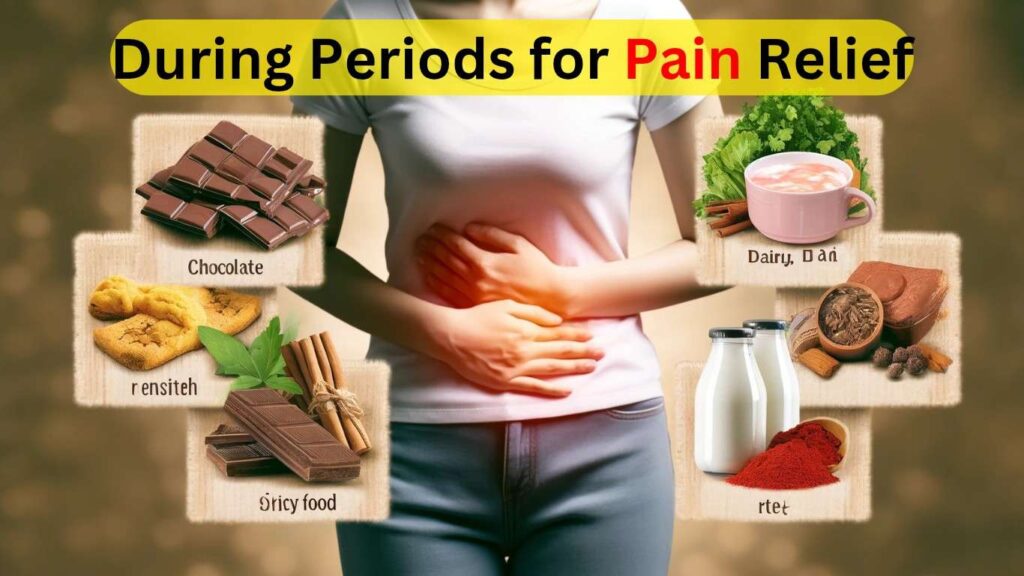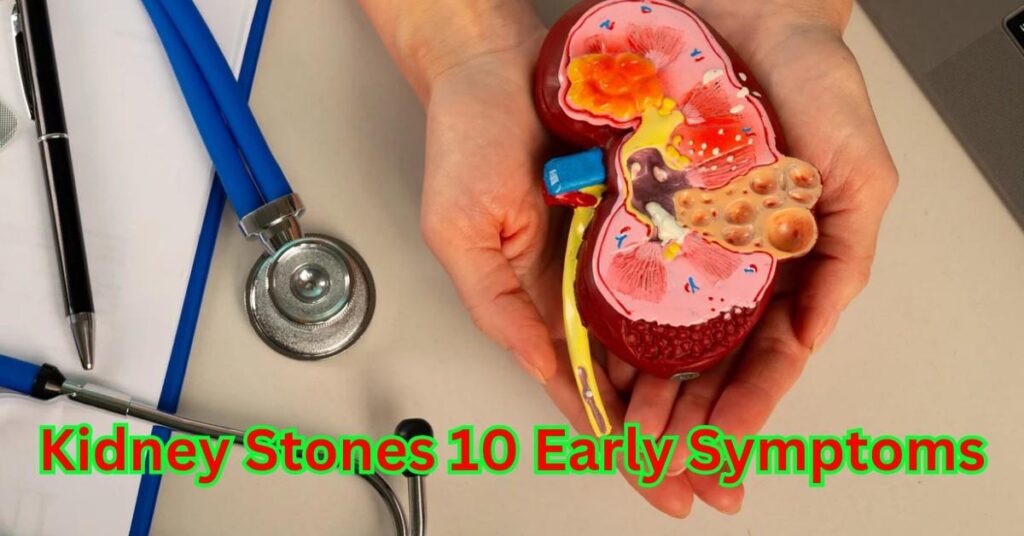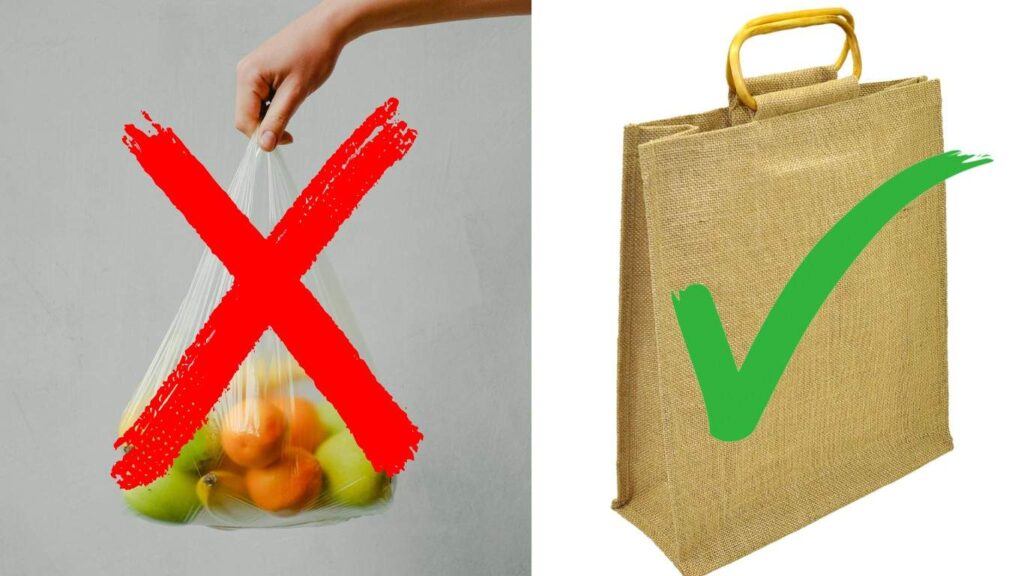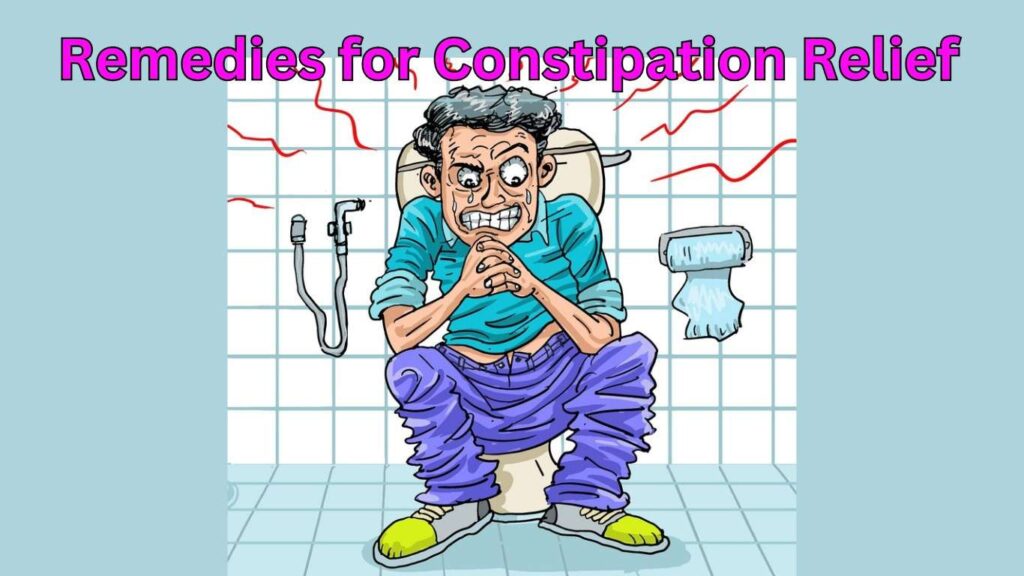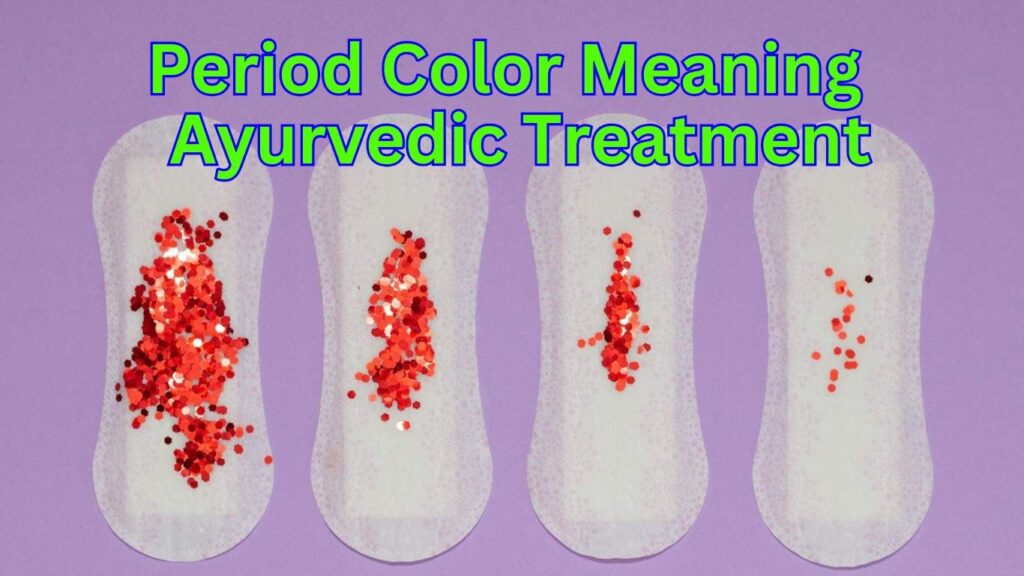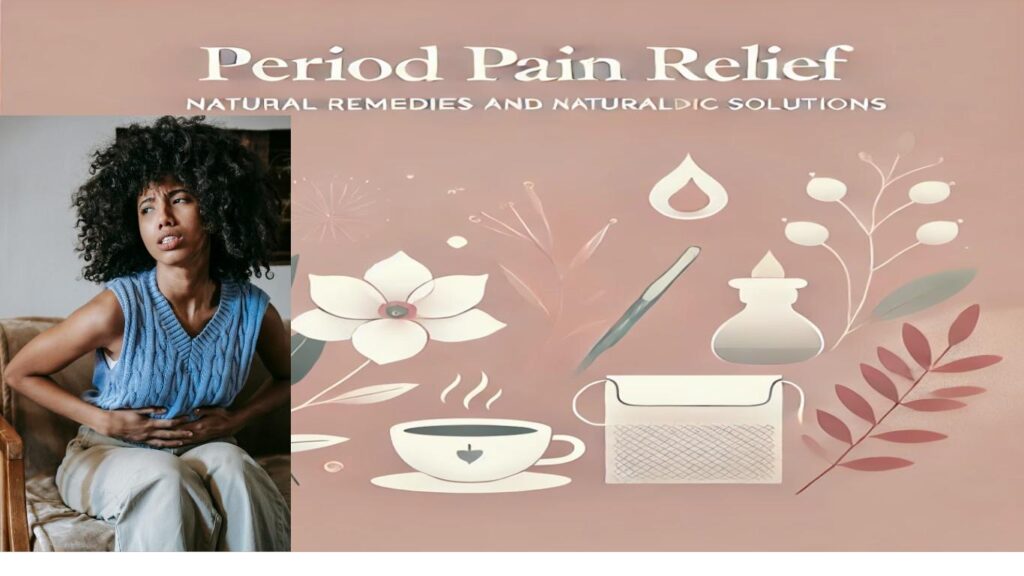Foods to Eat and Avoid During Periods for Pain Relief
Menstrual cramps, bloating, fatigue, and mood swings are common challenges many people face during their periods. While over-the-counter painkillers and heating pads can provide relief, your diet plays a crucial role in managing these symptoms. Certain foods can help alleviate pain and discomfort, while others may exacerbate them. In this guide, we’ll explore the best foods to eat and the ones to avoid during your period, along with tips to make your menstrual cycle more manageable.
Why Diet Matters During Your Period
During menstruation, your body undergoes hormonal changes that can lead to inflammation, water retention, and fluctuations in energy levels. Eating the right foods can help balance these changes, reduce inflammation, and provide essential nutrients that your body needs. On the other hand, consuming unhealthy or inflammatory foods can worsen symptoms like cramps, bloating, and mood swings.
20 Foods to Eat for Period Pain Relief
- Water
Staying hydrated is one of the simplest yet most effective ways to reduce period symptoms. Dehydration can worsen headaches and fatigue, while drinking plenty of water can prevent bloating and water retention. Aim for at least 8-10 glasses of water daily. - Leafy Green Vegetables
Spinach, kale, and Swiss chard are excellent sources of iron, which is essential for replenishing blood loss during menstruation. They also contain magnesium, a mineral that helps relax muscles and reduce cramps. - Fruits
Water-rich fruits like watermelon, cucumber, and oranges can keep you hydrated. Sweet fruits like berries, bananas, and apples can satisfy sugar cravings without causing blood sugar spikes. Fruits are also rich in vitamins and antioxidants that support overall health. - Ginger
Ginger is known for its anti-inflammatory and anti-nausea properties. A warm cup of ginger tea can soothe achy muscles, reduce cramps, and alleviate nausea. However, avoid consuming more than 4 grams of ginger per day to prevent heartburn. - Fish
Fatty fish like salmon, mackerel, and sardines are rich in omega-3 fatty acids, which have been shown to reduce inflammation and ease period pain. Omega-3s can also improve mood and reduce the severity of cramps. - Dark Chocolate
Dark chocolate (with at least 70% cocoa) is a delicious and healthy way to satisfy chocolate cravings. It’s rich in magnesium, which can help reduce PMS symptoms like cramps and mood swings. - Nuts and Seeds
Almonds, walnuts, flaxseeds, and chia seeds are packed with omega-3 fatty acids, magnesium, and protein. These nutrients can help reduce inflammation, stabilize energy levels, and keep you full for longer. - Herbal Teas
Peppermint, chamomile, and fennel teas are excellent choices for period pain relief. Peppermint tea can soothe cramps and reduce bloating, while chamomile tea can promote relaxation and improve mood. - Whole Grains
Quinoa, oats, and brown rice are rich in fiber and magnesium, which can help stabilize blood sugar levels and reduce bloating. Whole grains also provide sustained energy, helping you feel less fatigued. - Yogurt
Probiotic-rich yogurt supports gut health and can help prevent yeast infections, which are common during or after periods. Yogurt is also a good source of calcium and magnesium, which can ease cramps. - Turmeric
Turmeric contains curcumin, a compound with powerful anti-inflammatory properties. Adding turmeric to your meals or drinking turmeric tea can help reduce inflammation and alleviate PMS symptoms. - Lentils and Beans
Lentils, chickpeas, and black beans are excellent plant-based sources of iron and protein. They can help replenish iron levels and keep you full, reducing the urge to snack on unhealthy foods. - Avocados
Avocados are rich in healthy fats, magnesium, and potassium, which can help reduce bloating and muscle cramps. They’re also a great source of fiber, promoting digestive health. - Broccoli
Broccoli is a cruciferous vegetable rich in iron, calcium, and magnesium. It can help replenish nutrients lost during menstruation and reduce cramps. - Oranges
Oranges are high in vitamin C, which can boost your immune system and help your body absorb iron more efficiently. - Sweet Potatoes
Sweet potatoes are rich in vitamin A, fiber, and potassium, which can help reduce bloating and stabilize energy levels. - Pumpkin Seeds
Pumpkin seeds are a great source of magnesium, zinc, and healthy fats, which can help reduce inflammation and cramps. - Green Tea
Green tea is rich in antioxidants and can help reduce inflammation. It’s also a gentler alternative to coffee for those who need a caffeine boost. - Coconut Water
Coconut water is a natural electrolyte-rich drink that can help with hydration and reduce bloating. - Prunes
Prunes are high in fiber and boron, which can help reduce cramps and improve digestion.
10 Foods to Avoid During Your Period
- Salty Foods
High-sodium foods like chips, canned soups, and processed snacks can cause water retention and bloating. Avoid adding extra salt to your meals during your period. - Sugary Foods
While sugar cravings are common during menstruation, consuming too much sugar can lead to energy crashes and worsen mood swings. Opt for natural sweeteners like fruits or dark chocolate instead. - Caffeine
Coffee, energy drinks, and caffeinated teas can increase anxiety, bloating, and headaches. If you’re a coffee lover, try switching to herbal teas or decaffeinated options. - Alcohol
Alcohol can dehydrate you, worsen headaches, and disrupt digestion, making period symptoms more severe. It can also lead to fatigue and mood swings. - Spicy Foods
Spicy foods may irritate your stomach and lead to digestive issues like diarrhea or nausea. If you’re sensitive to spicy foods, it’s best to avoid them during your period. - Red Meat
Red meat is high in prostaglandins, which can increase inflammation and worsen cramps. Opt for lean proteins like chicken, fish, or plant-based alternatives instead. - Processed Foods
Fast food, fried snacks, and packaged meals are often high in unhealthy fats, sugar, and salt, which can exacerbate period symptoms. Stick to whole, nutrient-rich foods for better relief. - Dairy Products (for some)
For those who are lactose intolerant, dairy products can cause bloating, gas, and digestive discomfort. Opt for lactose-free alternatives like almond or oat milk. - Carbonated Drinks
Soda and other carbonated beverages can cause bloating and gas, making period discomfort worse. - White Bread and Pastries
Refined carbohydrates like white bread and pastries can cause blood sugar spikes and crashes, leading to fatigue and mood swings.
Additional Tips for Managing Period Pain
- Stay Active: Light exercises like yoga, walking, or stretching can improve blood flow and reduce cramps.
- Use Heat: Applying a heating pad or warm compress to your lower abdomen can relax uterine muscles and ease pain.
- Practice Relaxation Techniques: Deep breathing, meditation, or gentle yoga can help reduce stress and improve mood.
- Get Enough Sleep: Aim for 7-8 hours of sleep per night to help your body recover and reduce fatigue.
When to See a Doctor
If your period pain is severe, lasts longer than usual, or interferes with your daily activities, it’s important to consult a healthcare professional. Conditions like endometriosis, fibroids, or pelvic inflammatory disease may require medical attention.
Final Thoughts
Your diet can have a significant impact on how you feel during your period. By incorporating anti-inflammatory foods like leafy greens, fish, nuts, and whole grains, and avoiding salty, sugary, and processed foods, you can reduce cramps, bloating, and mood swings. Remember, everyone’s body is different, so it’s important to listen to your body and make choices that work best for you.
By making mindful food choices and adopting healthy lifestyle habits, you can make your menstrual cycle more manageable and comfortable.

